When it comes to core exercises, one particular movement stands out for its simplicity and effectiveness: the plank. The plank is a static exercise that targets the entire core, including the abdominals, obliques, lower back, and glutes. It is a versatile exercise that can be modified to suit different fitness levels and goals. In this blog, we will explore the benefits of the plank, proper form and technique, variations to challenge yourself, and tips to maximize your plank workout.
The benefits of plank exercises
The plank is a highly effective exercise for strengthening the core and developing overall body stability. It is a static exercise that involves holding a position similar to the top of a push-up, with the body in a straight line from head to toe. The primary focus of the plank is to engage and activate the muscles in the core, including the abdominals, obliques, lower back, and glutes. The plank offers numerous benefits beyond just core strength. Here are some key advantages:
Core strength and stability
The primary benefit of the plank is its ability to strengthen and stabilize the core muscles. By holding a static position, you engage the deep abdominal muscles, including the transverse abdominis, which acts as a natural corset for your spine. A strong core improves posture, balance, and overall functional movement.


Improved posture
Regular plank exercises can help correct poor posture by strengthening the muscles that support proper alignment. As your core becomes stronger, it helps maintain a neutral spine, reducing strain on the neck, shoulders, and lower back.
Injury prevention
A strong core is essential for injury prevention, especially in the lower back. The plank activates the muscles that surround and protect the spine, reducing the risk of strains and imbalances. Injury prevention is a significant benefit of incorporating plank exercises into your fitness routine. A strong core plays a crucial role in supporting the spine and maintaining proper alignment, which can help reduce the risk of injuries, particularly in the lower back.


Enhanced performance in other exercises
A strong core serves as a solid foundation for other exercises and activities. It improves your ability to generate power and transfer force, making movements like squats, deadlifts, and running more efficient. Therefore, try to alternate the plank with other workouts to ultimately achieve the best results.
Proper form and technique
To reap the maximum benefits from the plank and minimize the risk of injury, it’s crucial to maintain proper form and technique. Follow these steps to perform the plank correctly:
- Start in a prone position on the floor, resting on your forearms and toes. Your elbows should be directly beneath your shoulders, and your body should form a straight line from head to heels.
- Engage your core muscles by drawing your belly button towards your spine. Avoid sagging your hips or lifting your buttocks too high.
- Keep your neck neutral, looking down at the floor to maintain alignment with your spine.
- Maintain a steady breathing pattern throughout the exercise. Inhale deeply through your nose and exhale through your mouth, focusing on full and controlled breaths.
- Hold the position for as long as you can maintain proper form. Beginners may start with shorter durations, gradually increasing the time as strength improves.
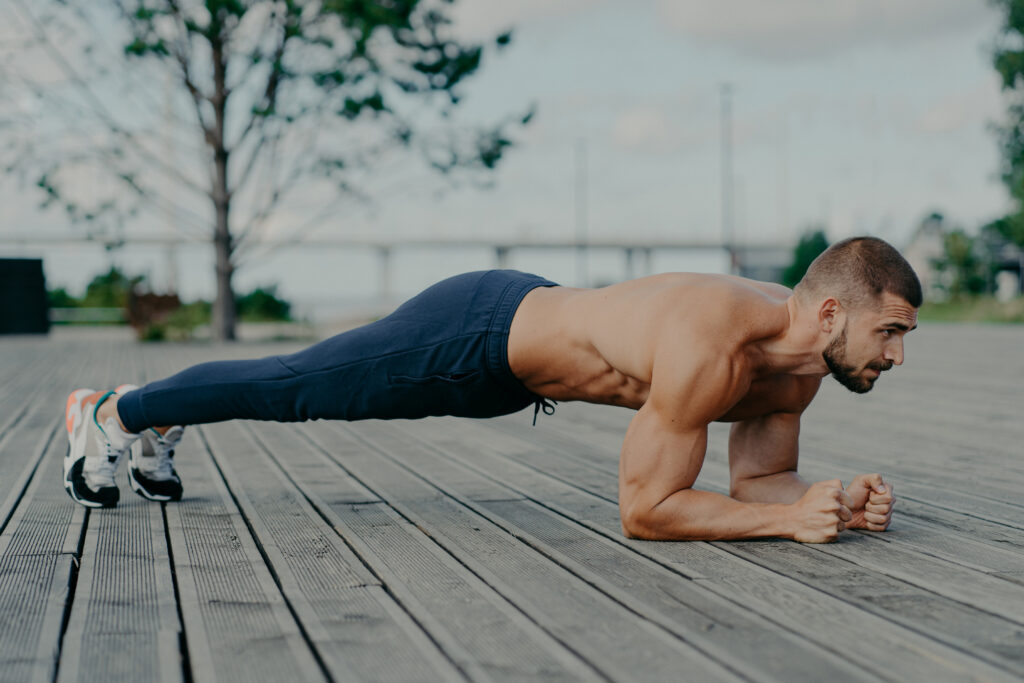
Plank variations to challenge yourself
Once you have mastered the basic plank, you can progress to more challenging variations to keep your core workouts engaging and effective. Here are some plank variations to try:
Side plank
Lie on your side with your legs extended and stack your feet on top of each other. Prop yourself up on one forearm, elbow directly beneath your shoulder. Lift your hips off the ground, creating a straight line from head to heels. Hold for the desired duration, then switch to the other side.
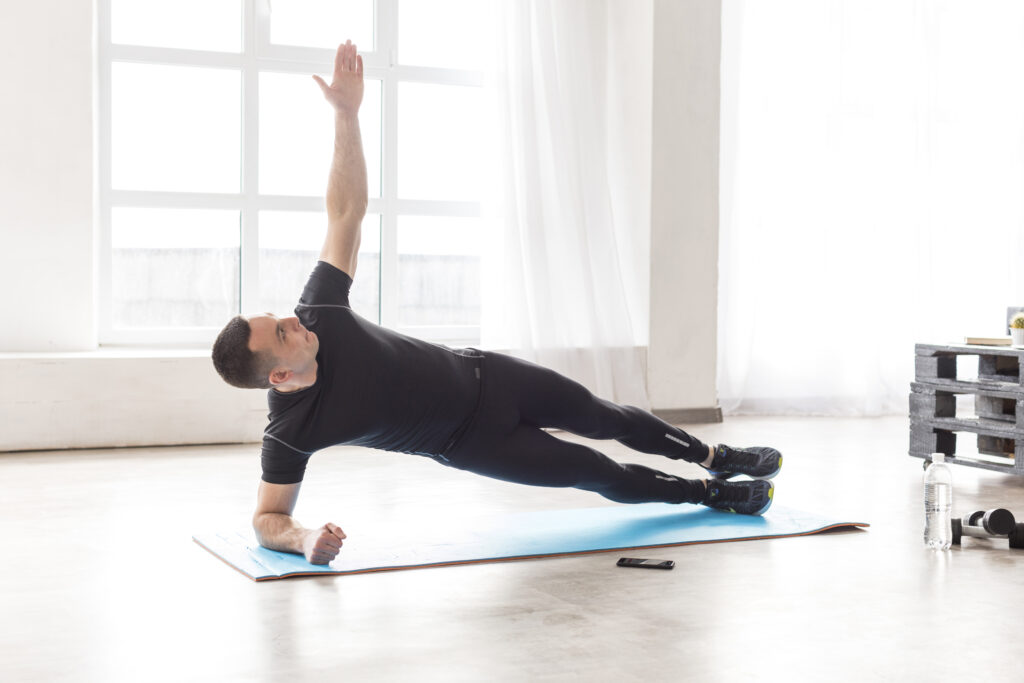
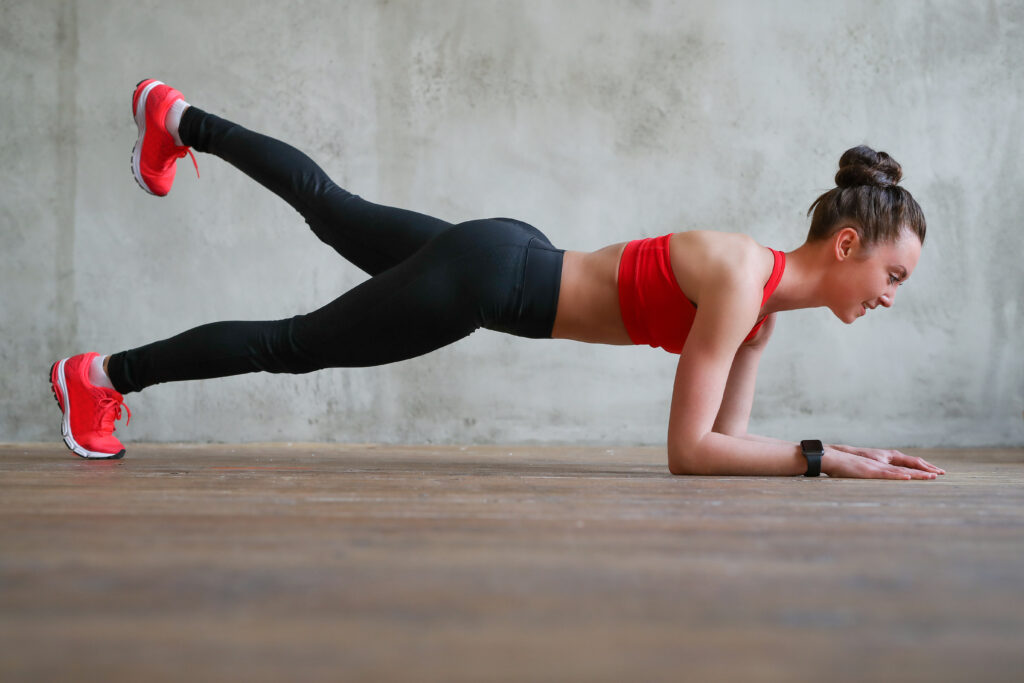
Leg lift plank
Start in a traditional plank position, with your forearms on the ground, elbows directly under your shoulders, and your body in a straight line. Engage your core and maintain a stable position. Then, while keeping your body still, lift one leg off the ground, extending it straight back behind you. Hold for a few seconds, then lower the leg back down and repeat with the other leg. This variation adds an extra challenge to your core stability by incorporating leg movement.
Plank jacks
Assume the plank position. From there, jump both feet out wide like a jumping jack while keeping your upper body stable. Jump your feet back together and continue alternating the motion. Instead of jumping with your feet, it is also possible to push your arms upwards, causing your arms to jump off the ground.
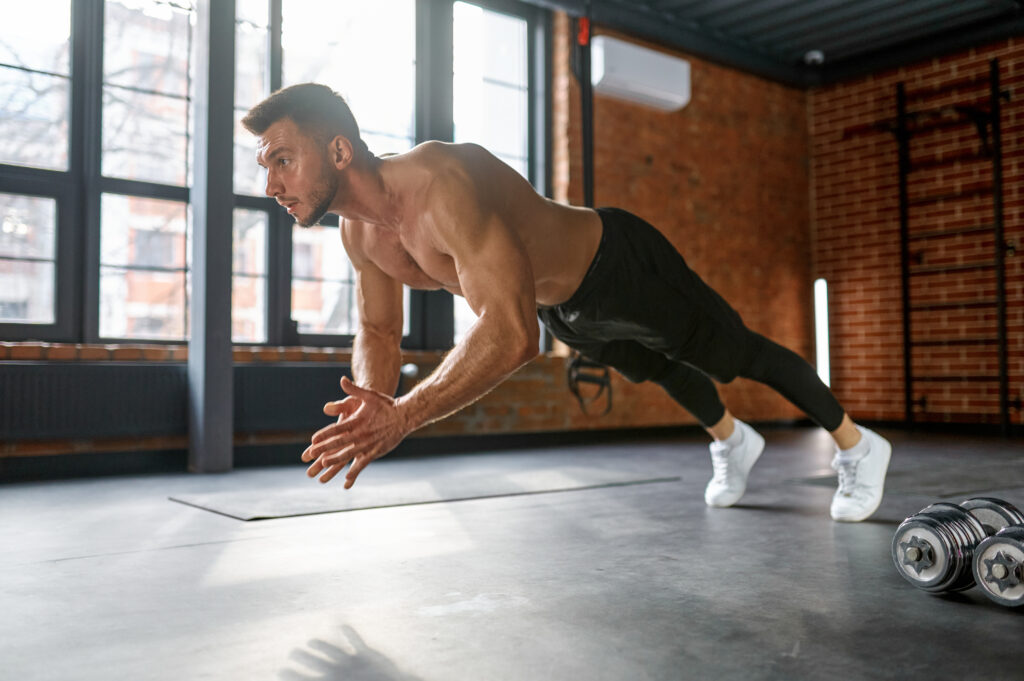
Tips for maximizing your plank workout
To get the best results from your plank workout, we’d like to share some additional tips with you.
Consistency is key
Like any exercise, consistency is crucial to see progress. Incorporate planks into your regular workout routine, aiming for at least 2-3 sessions per week. Gradually increase the duration or difficulty level over time to continue challenging your core.
Track your progress
Keep a record of your plank times or use a stopwatch to measure your progress. Regularly challenging yourself by increasing the duration will help you build endurance and strengthen your core muscles.


Combine planks with other exercises
While planks are excellent for core strength, combining them with other exercises can provide a well-rounded workout. Incorporate planks into a circuit or superset with exercises that target different muscle groups.
Focus on quality over quantity
Maintaining proper form is more important than holding a plank for an extended period. If you find your form deteriorating, shorten the duration or take a short rest before continuing.
Workout with Fit at Home
With Fit at Home you never have to go to the gym to do a workout ever again! Do you want to lose weight or work on your core? It’s possible from the comfort of your own home! The Fit at Home app is available 24/7 on-demand. Of course you can also use Fit at Home online on your smartphone, tablet or laptop. Do you have a Fit at Home subscription, but do you need extra motivation? Our SMS notification service is the answer! You’ll receive a text message from your personal trainer when you haven’t done your workout in a few days. This reminder will make sure you keep motivated to do your workouts regularly.

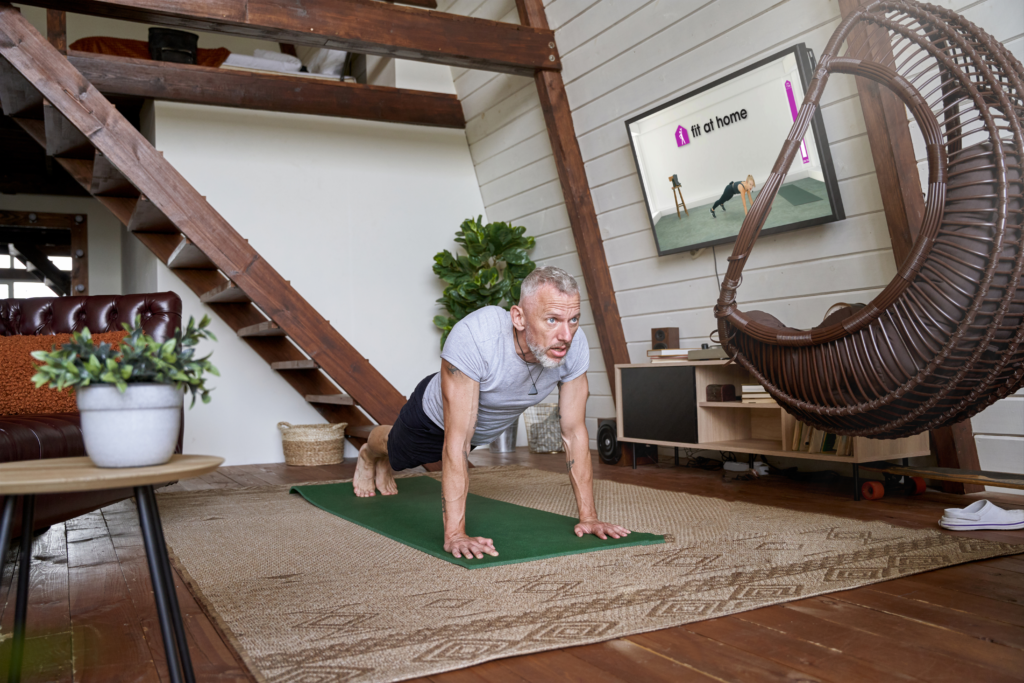
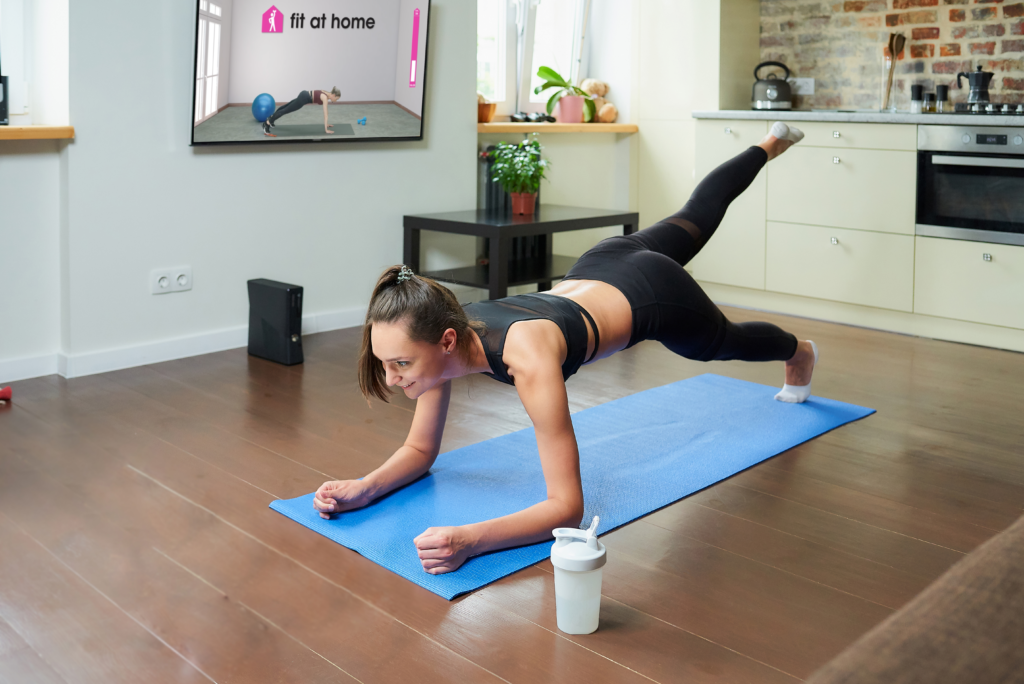
We offer various workouts from different trainers. Whether you want to lose weight, work on your core, start with Pilates or improve your fitness, it’s all possible. Additionally, you can easily search for the workouts you’re looking for. Simply click on categories and find a workout that suits your needs for the day!
With Fit at Home, you can lose weight with just three 20-minute workouts per week. So, what are you waiting for? Sign up and become the fittest version of yourself!